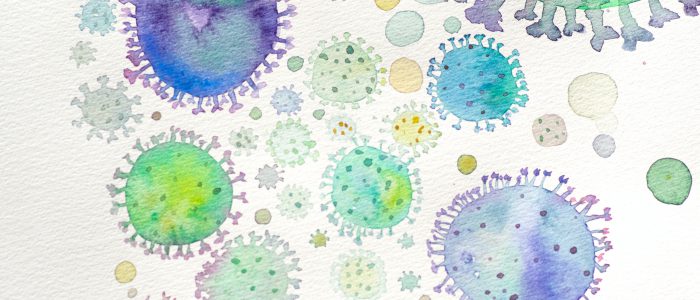MARCH 2022
 In the world of LOL, ICYMI, IDK, acronyms, and social media slang, it can be hard to know “what means what,” especially if you are new to the subject. In the veterinary and health care professions, AMR is short for Antimicrobial Resistance.
In the world of LOL, ICYMI, IDK, acronyms, and social media slang, it can be hard to know “what means what,” especially if you are new to the subject. In the veterinary and health care professions, AMR is short for Antimicrobial Resistance.
AMR happens when microorganisms (bacteria, viruses, etc.) change, making medicines less effective for treating the infection they cause. Antibiotic resistance has the potential to affect people at any stage of life and is one of the world’s most urgent public health problems. Large-animal veterinarians may have regular exposure to these pathogens, although much less is known about their risk.
Dr. Stokka
 Associate Professor/Extension Veterinarian-Livestock Stewardship
Associate Professor/Extension Veterinarian-Livestock Stewardship
We partnered with Dr. Gerald Stokka DVM, MS and his team from NDSU to understand
“Are veterinarians and veterinary technicians at increased risk of carriage of enteric pathogens or antimicrobial resistant flora?”
The NDSU team was particularly interested in finding the presence of Methicillin-resistant Staphylococcus aureus (MRSA) and Methicillin-resistant Staphylococcus pseudintermedius (MRSP). These two pathogens are difficult to treat because of resistance to some antibiotics.
The team collected nasal swabs samples from veterinarians and veterinary technicians in North Dakota, Minnesota, and South Dakota. Their results identified a high prevalence of both MRSA and MRSP transfer or carriage among veterinary professionals. To illustrate this comparison between occupations, for health care workers (HCW) in the United States and Europe, MRSA transfer is estimated at 4.5%, where transfer among veterinary professionals is more than two times that of HCW at 10.2%.
Definition of Germs & Antimicrobials
 Antibiotic resistance (AR) can spread through people, animals, and the environment. People can get sick from antibiotic-resistant enteric bacteria (bacteria that cause intestinal illness) through food, the environment, person-to-person contact, and contact with animals. Antibiotic resistance does not mean our body is resistant to antibiotics. It means the bacteria or fungi causing the infection are resistant to the antibiotic or antifungal treatment.
Antibiotic resistance (AR) can spread through people, animals, and the environment. People can get sick from antibiotic-resistant enteric bacteria (bacteria that cause intestinal illness) through food, the environment, person-to-person contact, and contact with animals. Antibiotic resistance does not mean our body is resistant to antibiotics. It means the bacteria or fungi causing the infection are resistant to the antibiotic or antifungal treatment.
VIEW FACT SHEET

